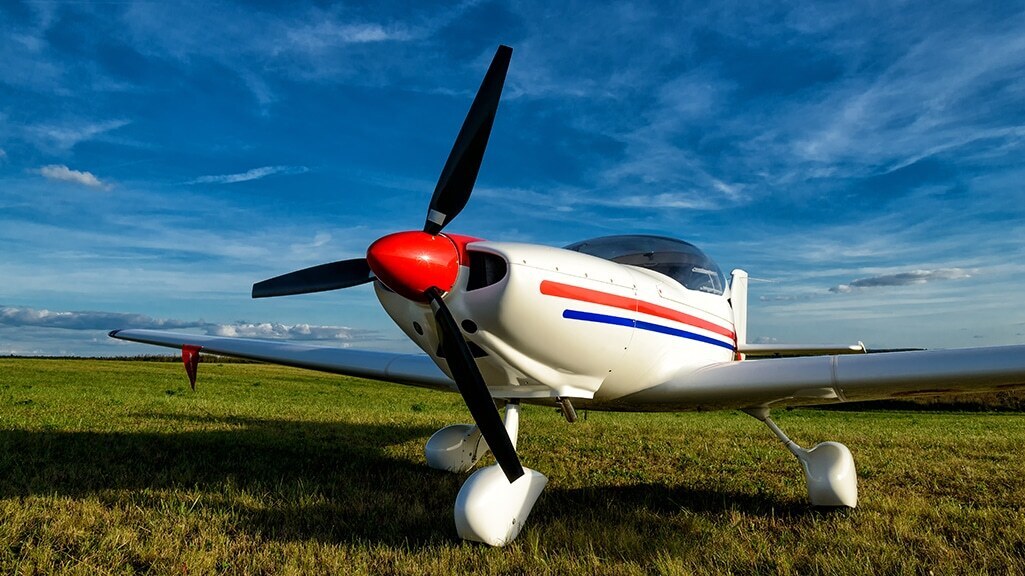Morris Plains, NJ, June 20, 2022 (GLOBE NEWSWIRE) -- The cost of aviation insurance, like all insurance, is driven by risk factors. The higher your risk of being involved in an incident, the higher your insurance premium will be.

The good news for aircraft owners and operators is that there are steps you can take to show the underwriter reviewing your insurance application that you pose a lower risk. In doing so, you can “earn” a better insurance premium.
Take Action to Lower Your Aviation Insurance Rate
Aviation insurance is vital to protecting your aircraft, employees, passengers, and other stakeholders. Still, you want to keep your rates as low as possible. You can do that by taking these 10 actions:
1. Get as much experience in the make and model of the aircraft you are insuring. Your total flight hours and experience in the type of aircraft you are looking to insure are crucial factors in determining your insurance rate. To receive a quote, some aircraft may have minimum requirements for total time, as well as required time in type of aircraft. Your experience in the aircraft make and model that you want to insure is time well-spent!
2. Keep training. Each aircraft is unique. It is beneficial and sometimes required to receive initial flight instruction in the aircraft make and model you wish to insure. If it has been a while since you have flown the specific aircraft, a refresher with a CFI could be a good option. Training is important, specifically, continuous training in the aircraft model you are currently flying.
3. Earn additional ratings. Earning additional ratings or certifications to fly different aircraft (helicopter, seaplane, etc.) can be a factor in lowering your insurance premium. Ratings could also be required to receive a quote. Regardless of how you are flying your aircraft, one of the most important ratings a pilot can obtain is an instrument rating. The experience gained during the instrument training makes one a safer pilot and leads to lower insurance premiums. Plus, if you fly professionally, additional ratings may create new career paths for you.
4. Join a flying club. These clubs can offer a more affordable option for both owning an aircraft and having it insured. This gives you the ability to spread the cost and use of an aircraft between all owners and members.
5. Hangar your aircraft. Protecting your plane from the elements reduces the risk of damage from weather events like strong winds and hail. It may also reduce the wear and tear on your aircraft and lower your maintenance costs.
6. Stay claim-free. Being a careful, safe, conscientious pilot and avoiding incidents is critical to keeping your insurance rate low. That means staying out of the cockpit if you are fatigued, ill, impaired or otherwise not in the right condition to fly.
7. Fly frequently. Insurers like to see that you’re eager to continue improving your skills and willing to invest the time, effort, and money to do so. Staying current is important to be proficient in flying your aircraft.
8. Consider your passenger-carrying capacity. Your policy premium is based in part on the number of passengers your aircraft can carry. If you previously needed a specific carrying capacity, but now it is reduced, you can consider switching to a smaller aircraft and paying less for your insurance.
9. Review your coverage annually. It’s a good idea to spend a little time each year refreshing your memory on what’s covered by your aviation insurance policy and how much you’re paying for that protection. You might discover that a change in your situation during the past year means you’re now paying more than you should. Just as importantly, you may find that you’ve got a coverage gap that you need to address.
10. Talk with your insurance broker. Your review and assessment of your aviation insurance policy is important. But you should also talk with your aviation insurance broker annually to see if they have any recommendations about your coverage. They may also have an updated valuation for your aircraft.
The Multiple Payoffs for Your Insurance Awareness
Whether you discover that you can save a little or a lot of money by taking the actions above, there are other advantages to becoming better informed about your coverage.
For example, as you review your policy and talk with your insurer, you learn more about the risks associated with operating an aircraft. That awareness can lead to safer operations for you and your organization.
Ultimately, getting to know your insurance coverage is like getting to know your aircraft. The more effort you put into it, the more benefit you get out of it.
About Global Aerospace
Global Aerospace is a leading provider of aircraft insurance and risk management solutions for the aviation and aerospace industries. Our over 95 years of aviation insurance experience enable us to develop customized insurance programs structured around the needs of our clients. Recognized for our industry leading customer service, we serve as a trusted partner to a diverse range of aviation businesses and their insurance producers. https://www.global-aero.com/
Global Aerospace Media Contact
Suzanne Keneally
Vice President, Group Head of Communications
+1 973-490-8588
Media contact az@kisspr.com -- News via KISSPR.com - Brand Story & Company News Distribution
